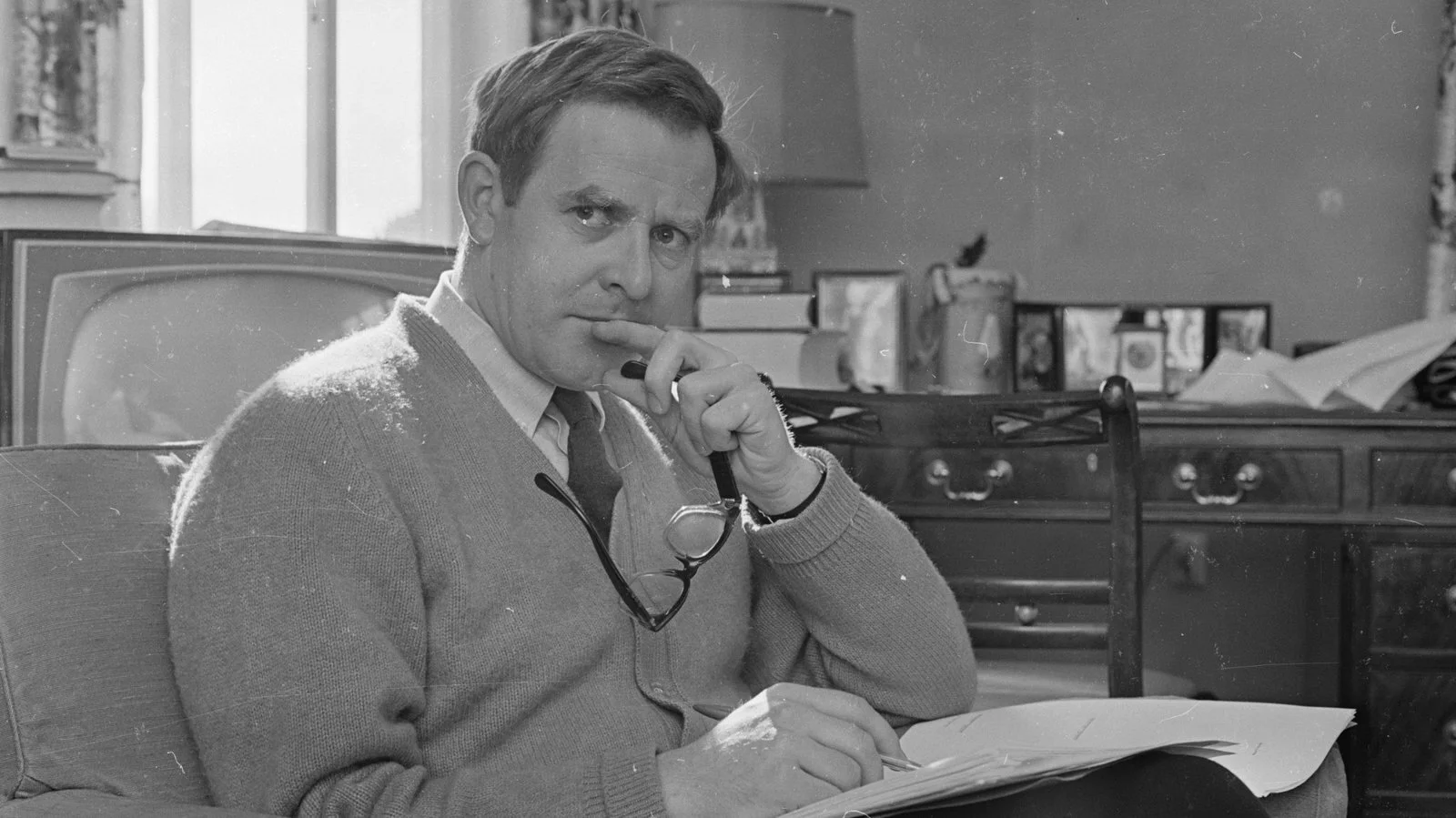In Memoriam: Kurt Markus
Courtesy of Maria Markus
Written by Federica Barrios Carbonell
Copy Edited by Erin Pedigo
Photo Edited by Yanting Chen
Photographer Kurt Markus, who passed away earlier this month, had a storied and long career. Markus, who was self-taught, created remarkable, intimate records of the world through work spanning fashion and celebrities, landscape photography, and photographs of today’s cowboys and ranch-hands that evoke the Old West.
Markus was born in rural Montana in 1947. According to author Hampton Sides, Markus approached photography “simple-heartedly.” He dedicated much of his art to capturing the life of the modern cowboy. Many of Markus’s untitled, collected works available online in the series compilation Cowboy were shot in black and white, with some on 35 mm color film. One of the most striking photos is a black-and-white scene of a cowhand at the center of the shot, emphasized, surrounded by thick dust clouds and several horses. He calmly leads a horse along and they walk assured, indifferent to the drifting dirt, following the man ahead. The viewer can only see shortly into the haze; in the distance, there lies a forest, representational of sanctuary from the heat, or a source of food and water for the animals. This poetic photo conjures the relationship of man and horse in the Old West, each other’s companions on the harsh frontier.
© Kurt Markus
Another of Markus’s cowboy shots is a high-energy closeup of a man’s hand gripping a rope as he rides on horseback. Although the range of this image is limited, viewers feel the subject’s adrenaline, feel perched at the edge of action but don’t know the rider’s next move. “I learned how to load film on horseback and at a trot,” Markus said according to Sides. And these snapshots of gritty rural life are described as somehow elegiac, an ode to the past.
© Kurt Markus
© Kurt Markus
When it comes to Markus’s landscapes, his ability to render the essence of a region is mysterious and magical. This notion comes through when viewing arid desert in his Dunes- Namibia, Africa series (2002-2008). Viewers feel they are there, in the desert. Markus made the curves of sandy hills the focal point of the eye. Ruthless sunlight casts harsh shadows at the peaks, creating heat-dazed unease; warped vision of scorched vista makes viewers confused, seeking oases but unsure of where they are.
© Kurt Markus
Kurt Markus shot a series collected as Monument Valley (2002-2017), capturing five square miles of ancient rock formation on the Navajo Nation Reservation at the Arizona-Utah border. The scenery’s almost unearthly quality feels surreal as the eye takes in towering sandstone formations, seeking shapes in the abstract among the plateaus in the red sand around Navajo Tribal Park. Shot in black and white, it subtly challenges visual perception.
© Kurt Markus
Kurt Markus’s photographs are described by Hampton Sides as “quiet, unfailingly artful.” This description and Markus’s humble outlook belie a lifetime’s acclaim—the Alfred Eisenstaedt Award and several Clio Awards; showings at galleries including the Peter Fetterman Gallery in Santa Monica, California. Markus also shot major global brands’ advertising campaigns, directed music videos and documentaries, and did screenwriting.








